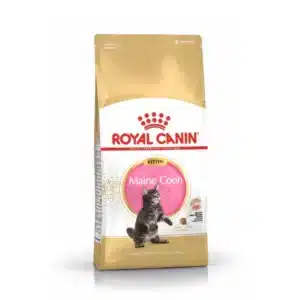Plants for Climate Change
DIY and how-to
Plants for Climate Change
Is it not often noticed that many of the toughest plants to grow in coastal conditions have blue flowers, and many of them are indigenous too. As gardeners come to grips with the effects of climate change on their gardens, utilising more of these resilient plants will cool the heat of summer with their maritime colours.
One of the most durable pieces of clothing to ever grace the fashion world, and will probably never go out of fashion, is blue denim jeans. The smart ‘weave’ of denim fabric makes these pants hard wearing, yet comfortable to wear. The original jeans were designed as work gear for miners and farm hands, but can now be worn by anyone, for almost any occasion.
Surprisingly, in the plant world it seems that a different type of blue ‘gene’ is just as hardy, and many are the stalwarts of any garden ‘collection’. Some of the toughest plants seem to have blue flowers, and this makes them ideal candidates for gardens that bear the ravages of harsh climates. In fact, the climate change over the last few years makes us look at these plants with new eyes.
Some of South Africa’s best indigenous beauties are recognised the world over.
Try these in your garden :
- Agapanthus is grown and appreciated in some of the harshest climates from California to Saudi Arabia. You are spoilt for choice nowadays, as they come in so many shades of blue, lilac, purple and white.
- The lavender-purple flowers of wild garlic (Tulbaghia violacea) are borne above their teal coloured foliage all year, and from a distance could be mistaken for a lavender bush.
- The tough tumbling temperament of blue Plumbago auriculata caught a breeder’s eye in California, leading to the new hybrid ‘Royal Cape’ with its bigger and deeper azure blue blooms. Keeping it lightly trimmed after every flush of flowers keeps it bushy, and promotes more flowers.
- The spicy scent of the sagewood (Buddleja salviifolia) makes it a great plant for near the entertainment area of your home. It is a tough, fast growing small tree, ideal for a townhouse garden.
- The lilac blue flowers of the crossberry (Grewia occidentalis) are born all year round, and their fruit attracts birds.
- Fast growing filler shrubs like the blue dune sage (Salvia chamaelagnea) and the bush violet (Barleria obtusa) quickly cover exposed soil, and help shelter more sensitive plants.
- A sea of blue ground covers could be created by using kingfisher daisies (felicia), carpet geranium (Geranium incanum), shrimp plant (Plectranthus neochilus) and blue pincushions (scabiosa).
- Shady spots could be filled with the new long flowering Plectranthus ‘Mona Lavender’ with jacaranda-coloured flowers and purple velvet undersides to their leaves. As climate change forces us to adapt our gardens, we may have to rely on our favourite blue ‘genes’ for an answer. Fortunately, our very own flora often gives us the solution to these changes. Perhaps a cooler life is a garden with tough plants in maritime hues!
You might also like
Shop online
-
PLASTIC POT GREEN 7.5CM – 38CM
- R9.99 – R149.99
- Select options This product has multiple variants. The options may be chosen on the product page Learn More
-
- Sale!
KITTEN MAINE COON 4KG
- Original price was: R839.99.R671.99Current price is: R671.99.
- Add to cart Learn More
-
FINALSAN 500ML
- R219.99
- Add to cart Learn More




